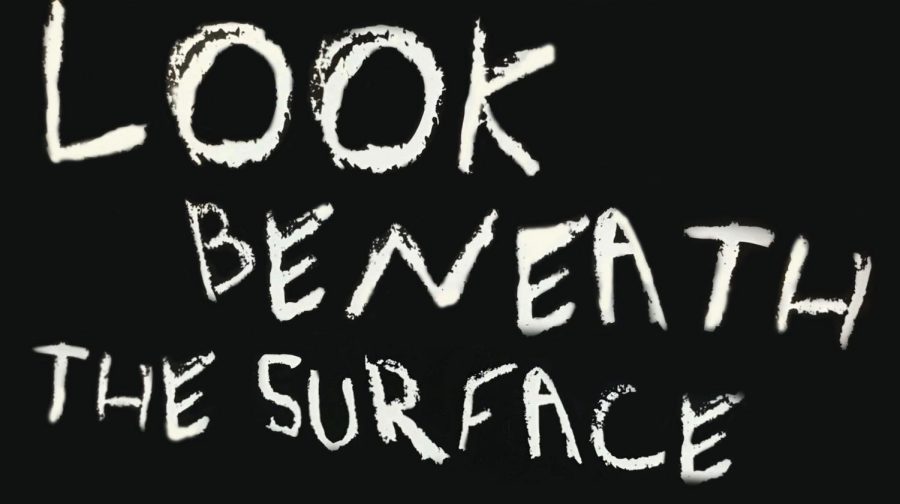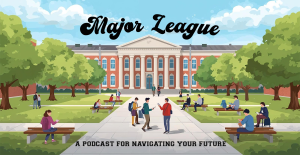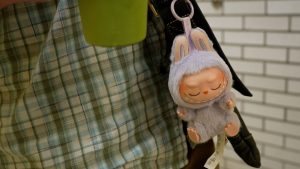The Truth About Trafficking
October 16, 2018
Your worst nightmare: the thought of being held against your will, forced to engage in the unthinkable, held for years, and often with no consideration of health. According to the Program on Human Trafficking and Modern Slavery at Harvard’s Kennedy School, that is exactly what happens to about 27 million people around the globe.
Currently, human trafficking — the phenomena of being sold or kidnapped — is the third-largest growing industry in the world. 80% of trafficking is for the purpose of sexual exploitation, with another 19% involving labor. Approximately 32 billion dollars is generated off of the heinous and unsettling act of selling another human.
It may seem as though trafficking is a distant thought, one that could certainly never affect the community or loved ones. Unfortunately, this is simply not the case. There are 36 known brothels (which experts say can be tied closely to the underground network of human trafficking) in the greater Pittsburgh area alone, according to Living in Liberty, a local organization dedicated to providing resources, support, and security for those affected by this tragedy.
According to Living in Liberty, the average life expectancy of a trafficked person is three to seven years from the time they are taken. In this time, victims are susceptible to disease, improper care, and physical abuse, as well as an array of other health problems. The sad truth is that it can be very difficult for perpetrators to be traced, and often, it is hard to locate those who have been taken.
Typically when one thinks of a victim of trafficking, they might think of a troubled girl, one who has run away from home and has subsequently been manipulated and coerced by an older man. While it’s true this happens, there is no doubt that when it comes to those affected, all ages, genders, and races are included, and there is no single type of trafficker.
It is exceedingly important to be educated, to know the facts and the warning signs of trafficking, which may include signs of physical abuse, unexplained absences, sudden substance abuse, and emotional distress. A more comprehensive list of warning signs can be found here.
Additionally, organizations in the area who devote themselves to alleviating the number of victims and to helping survivors cope are always looking for support. Repurposed, a volunteer-run thrift shop on McKnight Road, donates money to survivors, as well as clothing, furniture, and other necessities.
Repurposed’s mantra, “Look Beneath the Surface,” can be said in other words. Be mindful of what is really going on around you. It may not be easy to spot a survivor of human trafficking, or even an individual who is currently being abused. But with education, and resources like the National Human Trafficking Hotline, awareness can be spread, our collective humanity can be restored, and justice can prevail.













